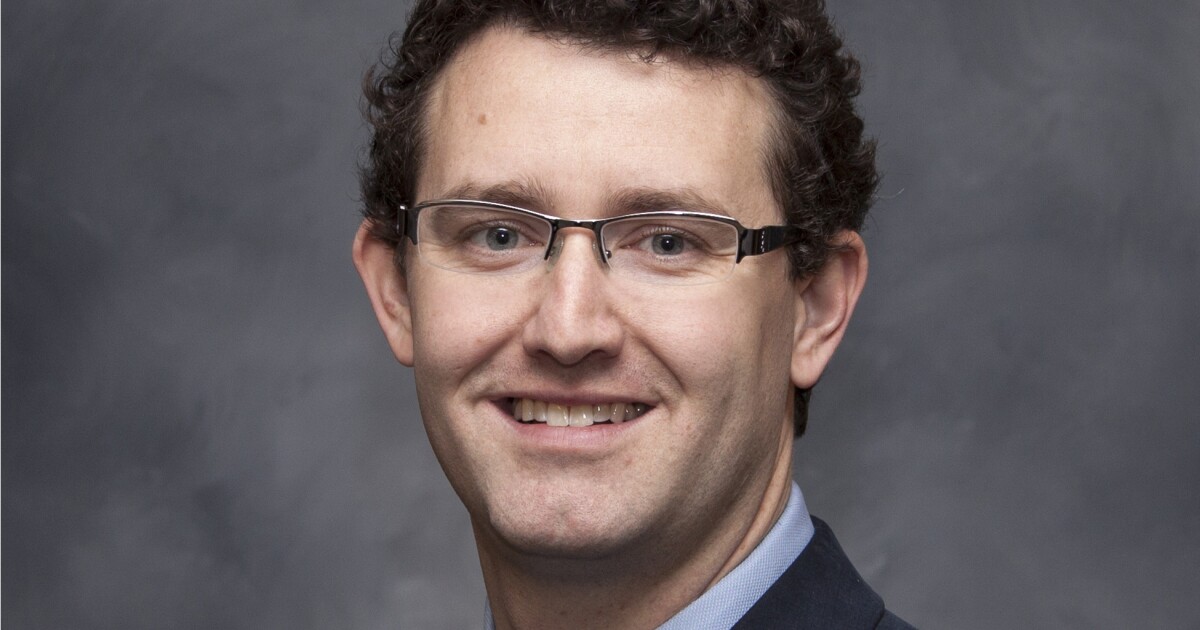New water bill advances Army Corps’ public-private partnership program
3 min read

The latest Water Resources Development Act, which passed a key Senate committee last week, would for the first time advance a pilot public-private partnership program first proposed by the Army Corps of Engineers a decade ago.
The WRDA of 2024 would require the Corps to craft a best-practices guide for P3 projects and report to Congress on alternative project delivery methods for water projects.
“It definitely does show there’s continued interest in at least the Senate on public-private partnerships and alternative delivery,” said Aaron Snyder, the Corps’ lead on its infrastructure funding and financing team, the Water Infrastructure Finance and Innovation Act team and P3 program development team.
U.S. Army Corps of Engineers
The WRDA bill of 2014 set up a
“It appears Congress is now saying, ‘Hey Corps, tell us what you’ve learned from that pilot program, how you’ve used the authorities to build that program and provide us with a better users’ guide for entities interested in this’,” Snyder said. “Any progress is good news.”
The WRDA totals $2.3 billion and would fund at least
The Senate Environment and Public Works Committee approved the measure on May 22 and it was introduced to the House Transportation and Infrastructure Committee last week.
In his opening statement, EPW Chair Tom Carper, D-Del., said that the Corps projects provide “critical infrastructure” for communities around the country. “As sea level rise, driven by climate change and extreme weather events, increasingly threatens our communities and their economies, the Corps’ work will take on even greater importance,” Carper said.
In related news, Snyder said that the USACE’s pilot P3 program last week added a new project, a flood risk mitigation project in Louisville, Kentucky, that totals around $150 million and will feature the replacement of 12 pump stations bundled into one contract.
The fourth project, the South Platte River & Tributaries, Colorado, Ecosystem Restoration and Flood Risk Management project, is structured as an alternative delivery model that’s expected to save $121 million to $194 million and delivered two to five years ahead of a traditionally delivered project.
The USACE’s inaugural P3, the






